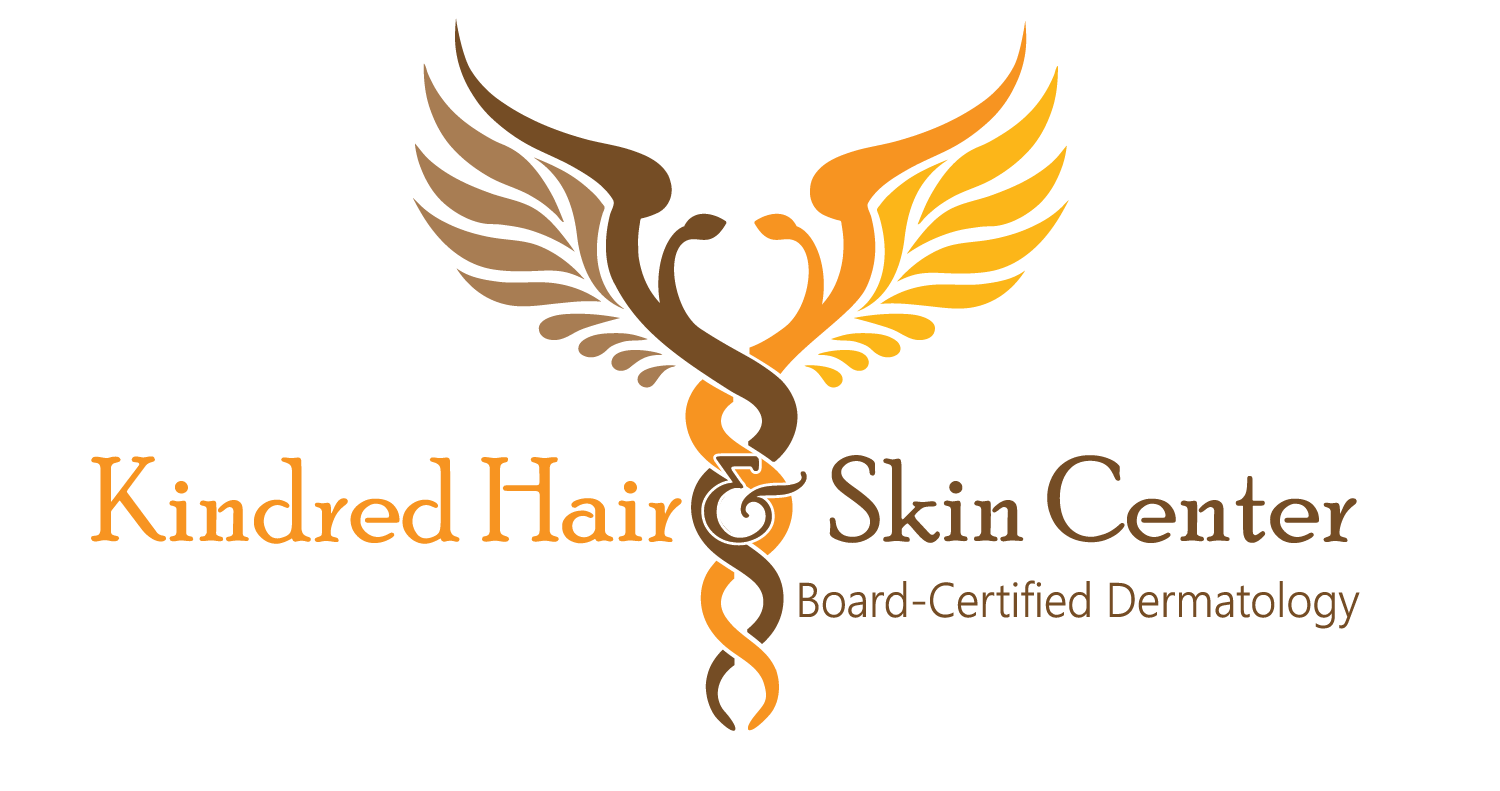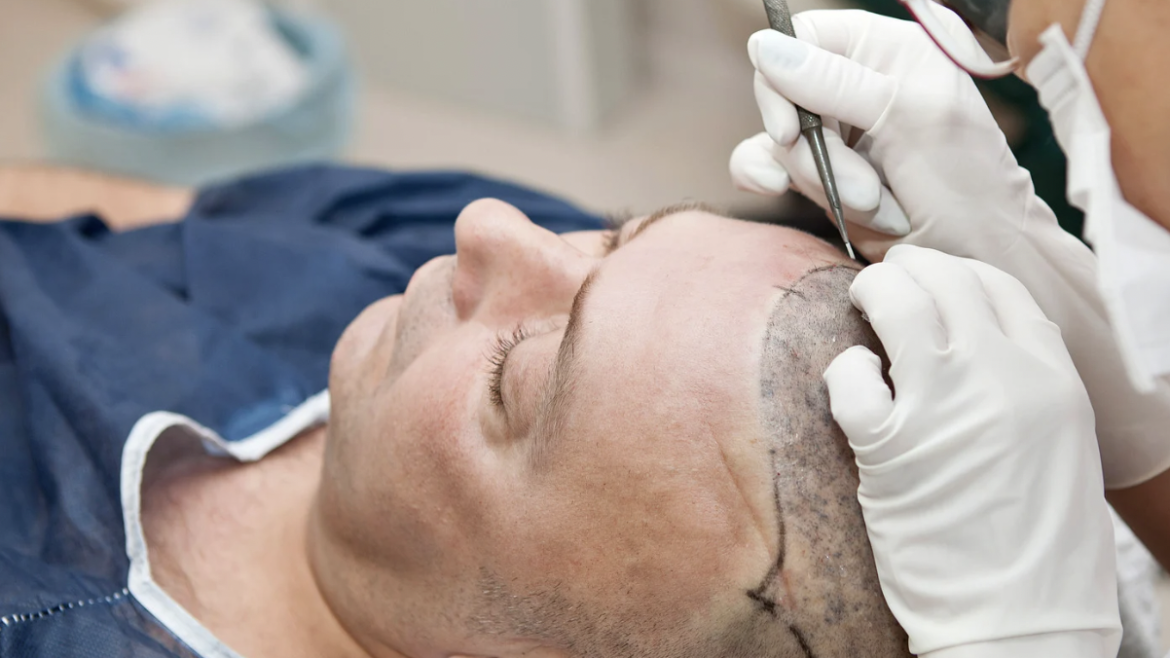NeoGraft (follicular unit extraction or FUE) hair transplant is the top method when it comes to hair restoration. It is a cutting-edge procedure that offers many benefits.
Here, you can discover exactly why it is so popular and how to get the best hair transplant results in Maryland.
Why Does the FUE Method Stand Head and Shoulders Above the Rest?
When you think of a hair transplant, what comes to mind is probably the images of unsightly plugs. That was before, this is now! Let’s compare.
The less-advanced method, follicular unit transplantation (FUT), involves surgically removing a strip of scalp from the donor area, dissecting it into individual follicular units, and then transplanting them into the recipient area where hair is needed. This process often leads to scarring.
Technological advances have made follicular unit extraction possible. Individual hair follicles are extracted from the donor area using a small punch tool. These follicles are then implanted into areas of need.
So, what does this mean for you? It means you can look forward to the following benefits:
- High graft quality (only the strongest follicles are harvested)
- Little to no pain during or after the procedure
- Minimal scarring
- Natural looking results
- Shorter recovery time
How Do I Prepare for the Procedure?
If you want the best hair transplant results in Maryland, you must first prepare. This requires several steps.
- Consultation with your doctor to discuss your concerns and expectations. It’s important to disclose medical history, medications, and lifestyle habits to ensure safety and efficacy.
- Leading up to the procedure, your healthcare provider may ask you to avoid blood-thinning medications, alcohol, and smoking to minimize the risks of bleeding and complications.
- Arrange for transportation home on the day of the transplant as you may be under mild sedation.
This is only a guideline, and it is imperative you follow all instructions given to you.
Here Is the Real Secret to the Best Hair Transplant Results in Maryland!
Your recovery is going to take time. Results do not occur overnight, so patience is key. Just as with prep, you should follow the aftercare instructions carefully.
Immediately following the procedure you can expect some swelling, redness, and minor discomfort at the transplant sites. These typically subside within a few days. Your healthcare provider may prescribe pain medication and antibiotics to manage discomfort and prevent infection.
Handle the transplanted area with care to avoid dislodging grafts during the initial weeks of recovery. Follow your doctor’s recommendations for washing and caring for the scalp to promote healing and prevent infection. Avoid strenuous activities and direct sun exposure during this time.
Over the next one to three months, newly transplanted hairs may shed as part of the natural growth cycle. This is normal and temporary. Subsequent hair growth typically begins within three to six months, with noticeable improvements in density and appearance over the following months.
Be sure to attend all follow-up appointments as scheduled to monitor progress and address any concerns. Maintain a healthy lifestyle, including a balanced diet and proper hair care to support optimal hair growth and scalp health.
Can a Hair Transplant Be Combined With Other Treatments to Enhance Results?
It is possible, but as a reminder, you need to follow the guidance of your doctor. Many patients take natural supplements such as Nutrafol or Viviscal PRO. Others find minoxidil or finasteride helpful.
Begin Your Journey at Kindred Hair & Skin Center!
We are honored to partner with you during your transformation on the exciting path to healthy hair growth.
Call us at 443-424-7754 to book your consultation with board-certified dermatologist Dr. Chesahna Kindred. Her dedication, expertise, and skill are exactly what you need for incredible hair transplant results.

